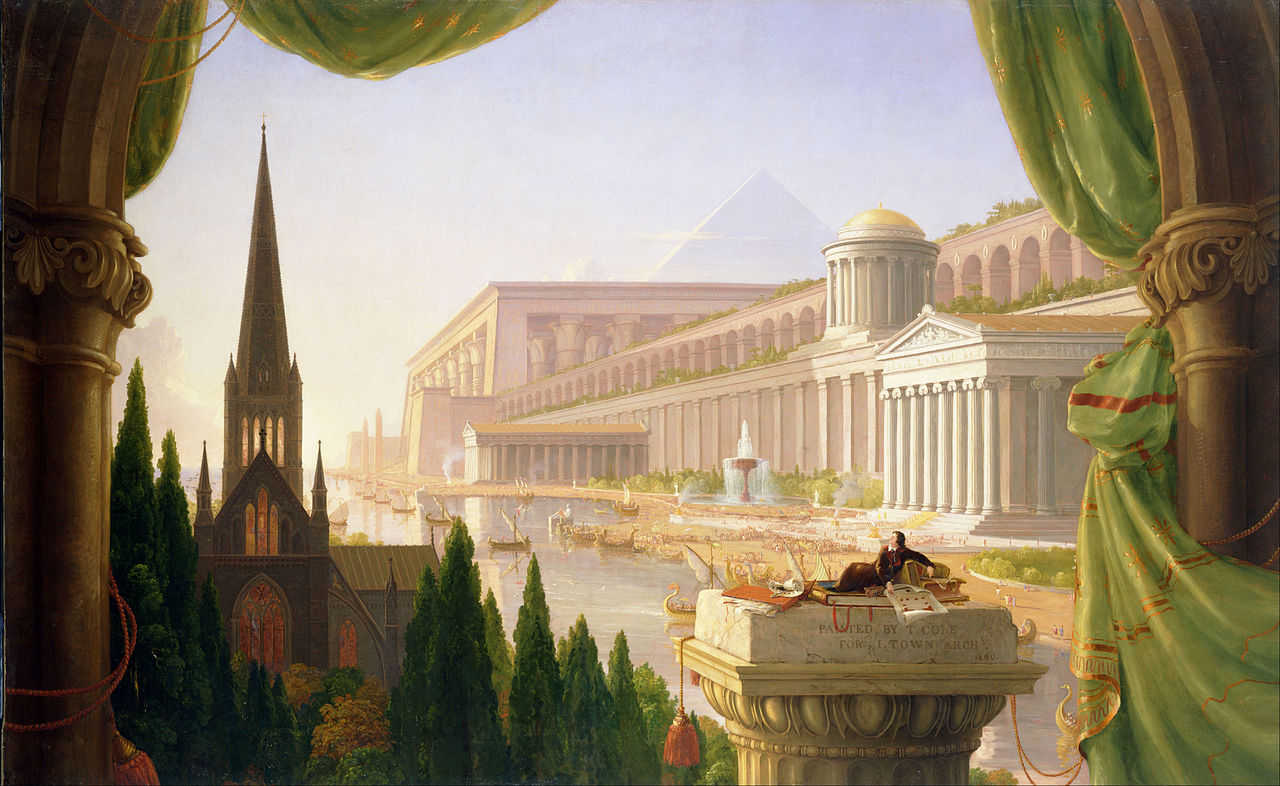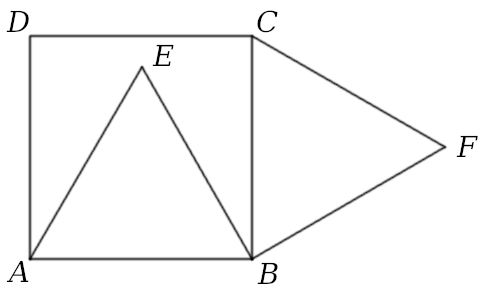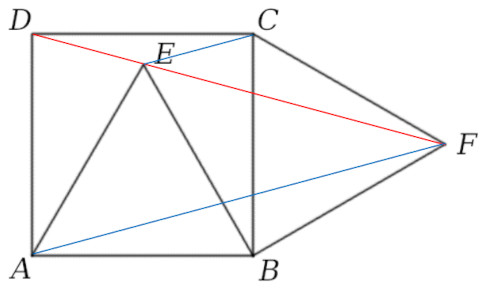In his 2014 book Describing Gods, Graham Oppy presents the “divine liar” paradox, by SUNY philosopher Patrick Grim:
1. X believes that (1) is not true.
If we suppose that (1) is true, then this tells us that X believes that (1) is not true. But if an omniscient being believes that (1) is not true, then it follows that (1) is not true. So the assumption that (1) is true leads to a contradiction.
Suppose instead that (1) is not true. That is, suppose that it’s not the case that X believes that (1) is not true. If an omniscient being fails to believe that (1) is not true, then it’s not true that (1) is not true. So this alternative also leads to a contradiction.
But, on the assumption that there is an omniscient being X, either it’s the case that (1) is true or it’s the case that (1) is not true.
“So, on pain of contradiction,” Oppy explains, “we seem driven to the conclusion that there is no omniscient being X.”
(Also: Patrick Grim, “Some Neglected Problems of Omniscience,” American Philosophical Quarterly 20:3 [July 1983], 265-276.)






